ELCC 220: Childcare Planning and the Reggio Emilia Approach
VerifiedAdded on 2022/08/25
|15
|774
|19
Report
AI Summary
This report provides a comprehensive overview of the Reggio Emilia approach, an educational philosophy focused on preschool and primary education. Developed by Loris Malaguzzi, the approach emphasizes a constructivist pedagogy and views children as capable individuals who construct their own knowledge. The report details the history, philosophy, and key elements of the approach, including the roles of parents, teachers, and the environment. It highlights the beliefs that underpin the model, such as children's inherent abilities and rights, and discusses the benefits of the approach in fostering innovation, problem-solving, and confidence in children. References to key research and publications related to the Reggio Emilia approach are also included.
1 out of 15
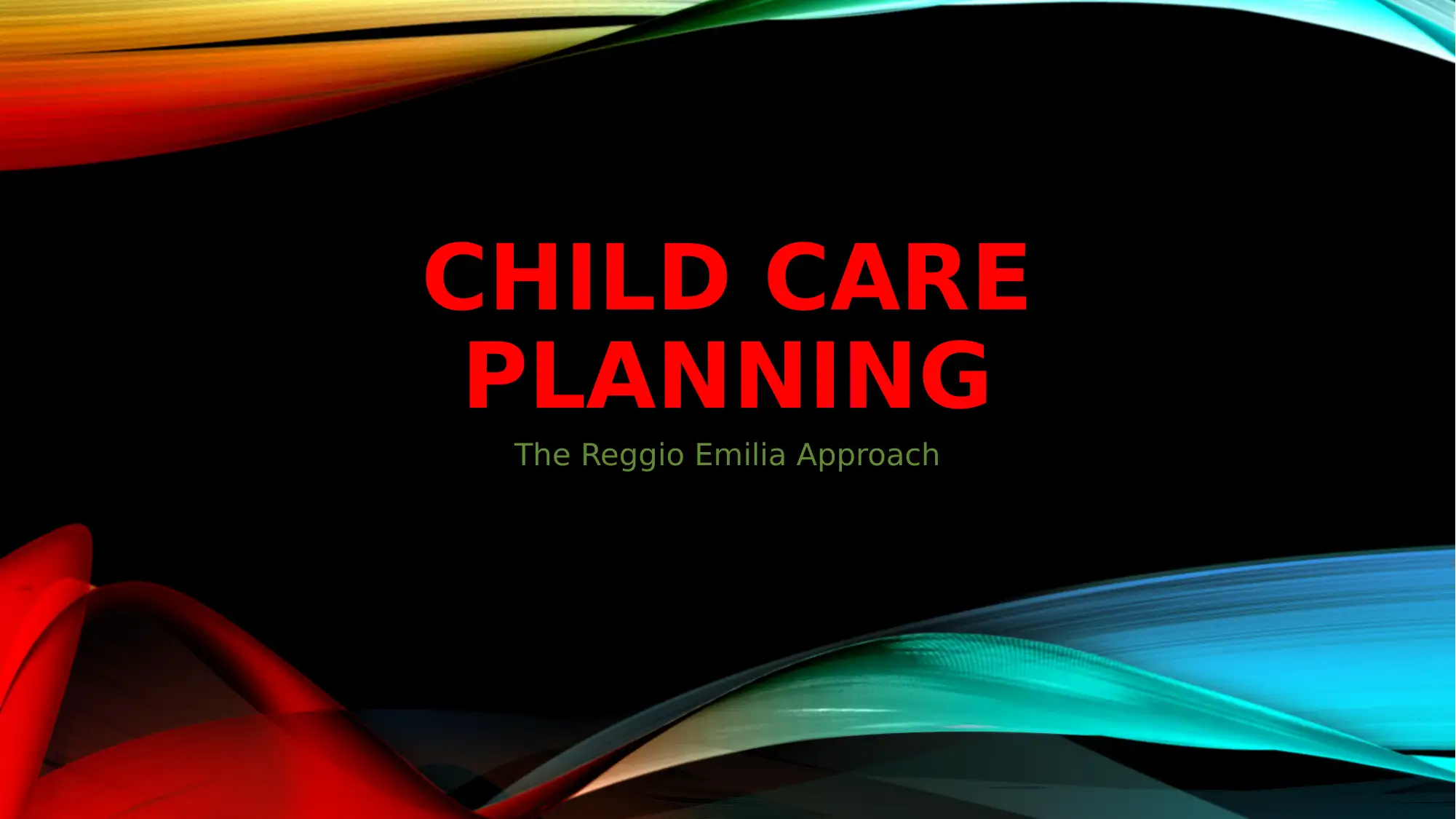
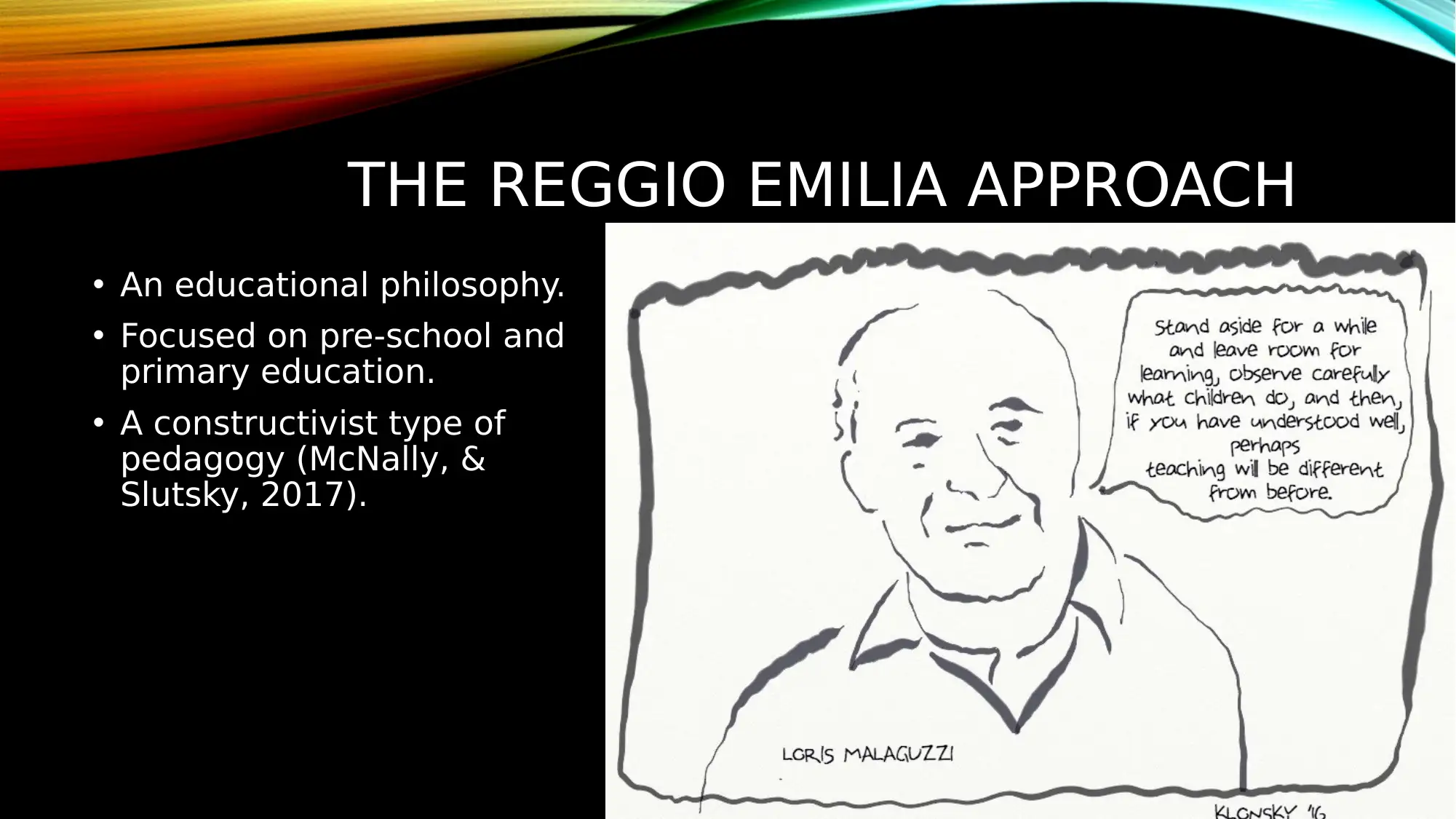
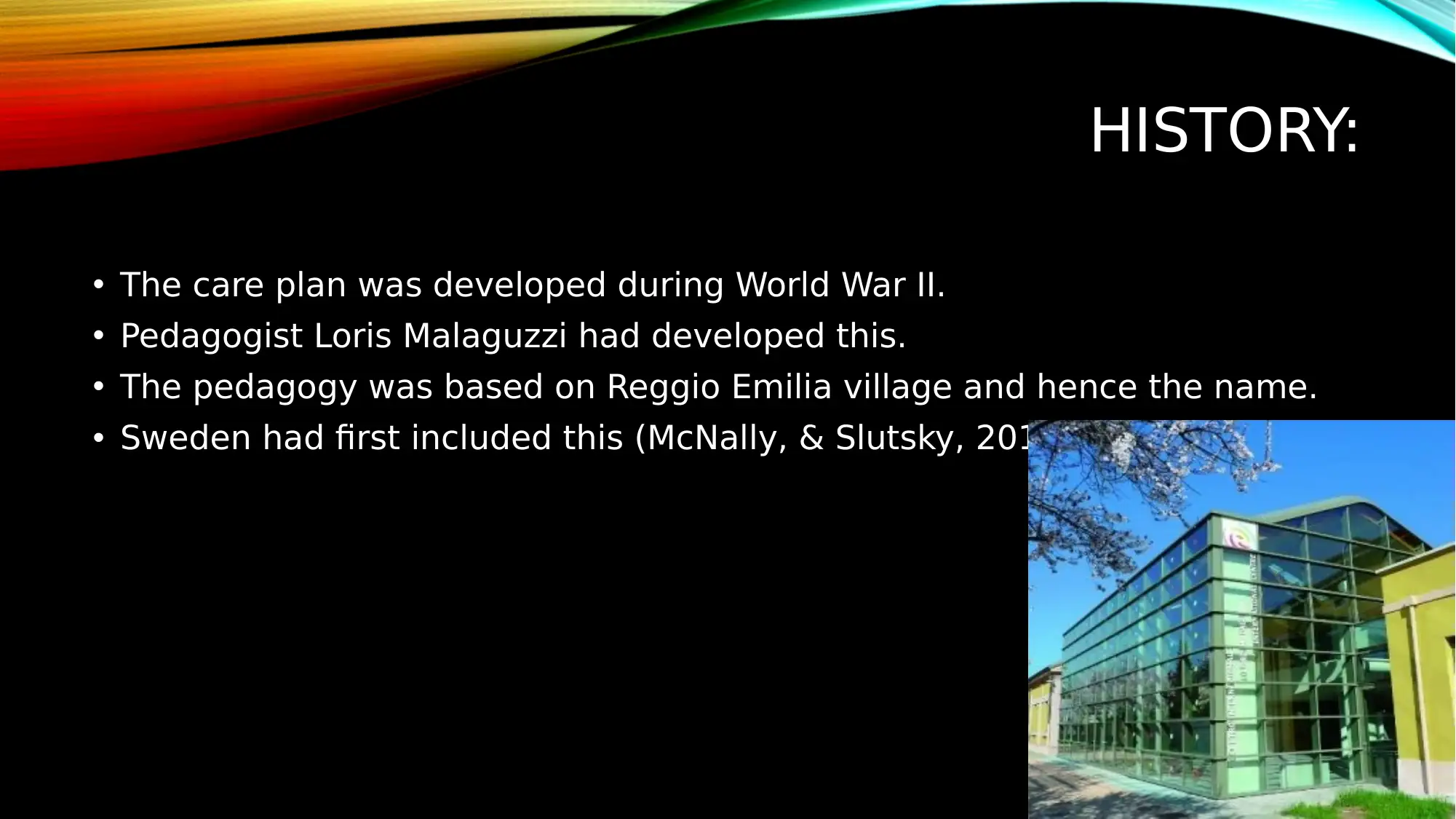

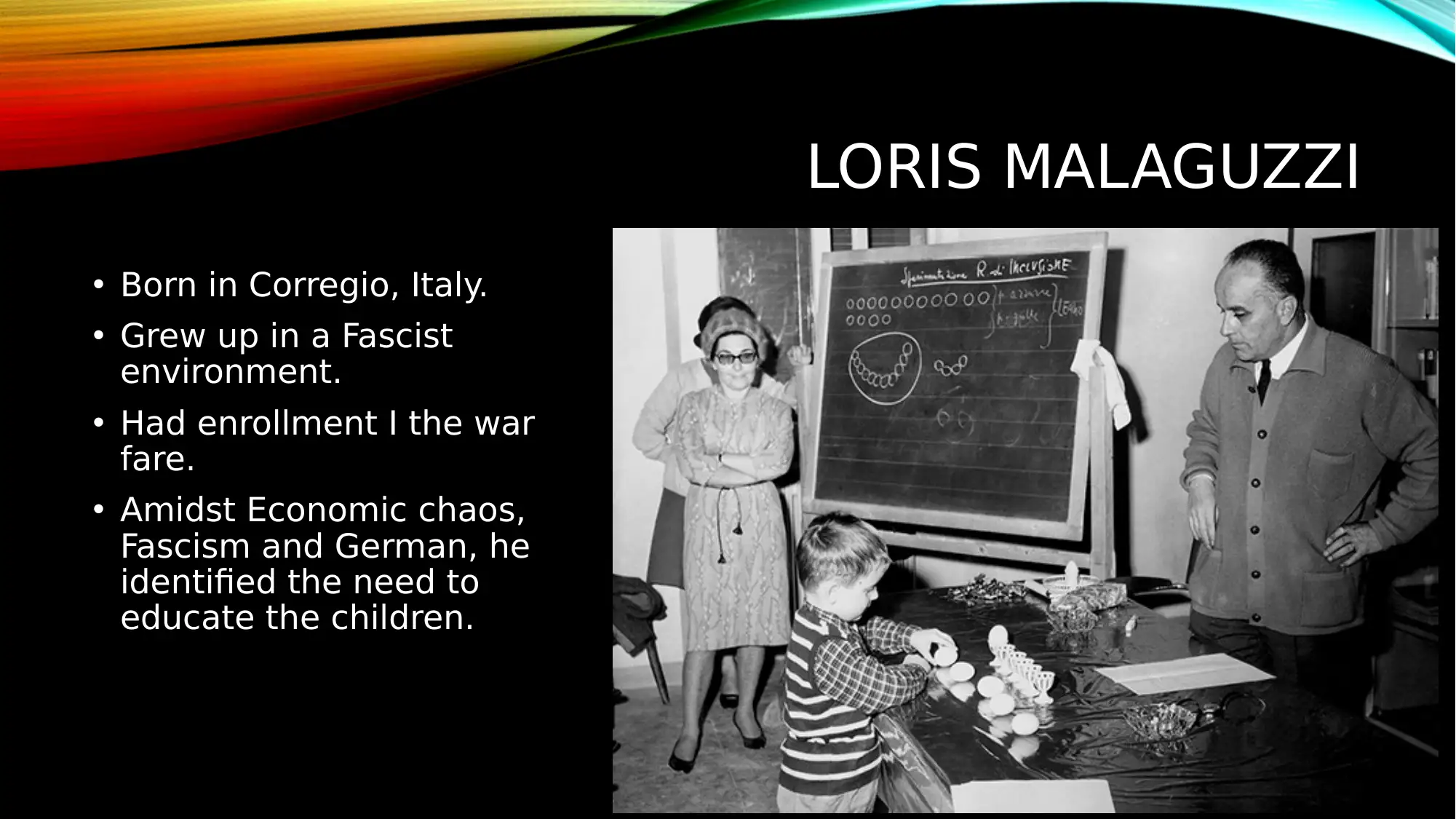
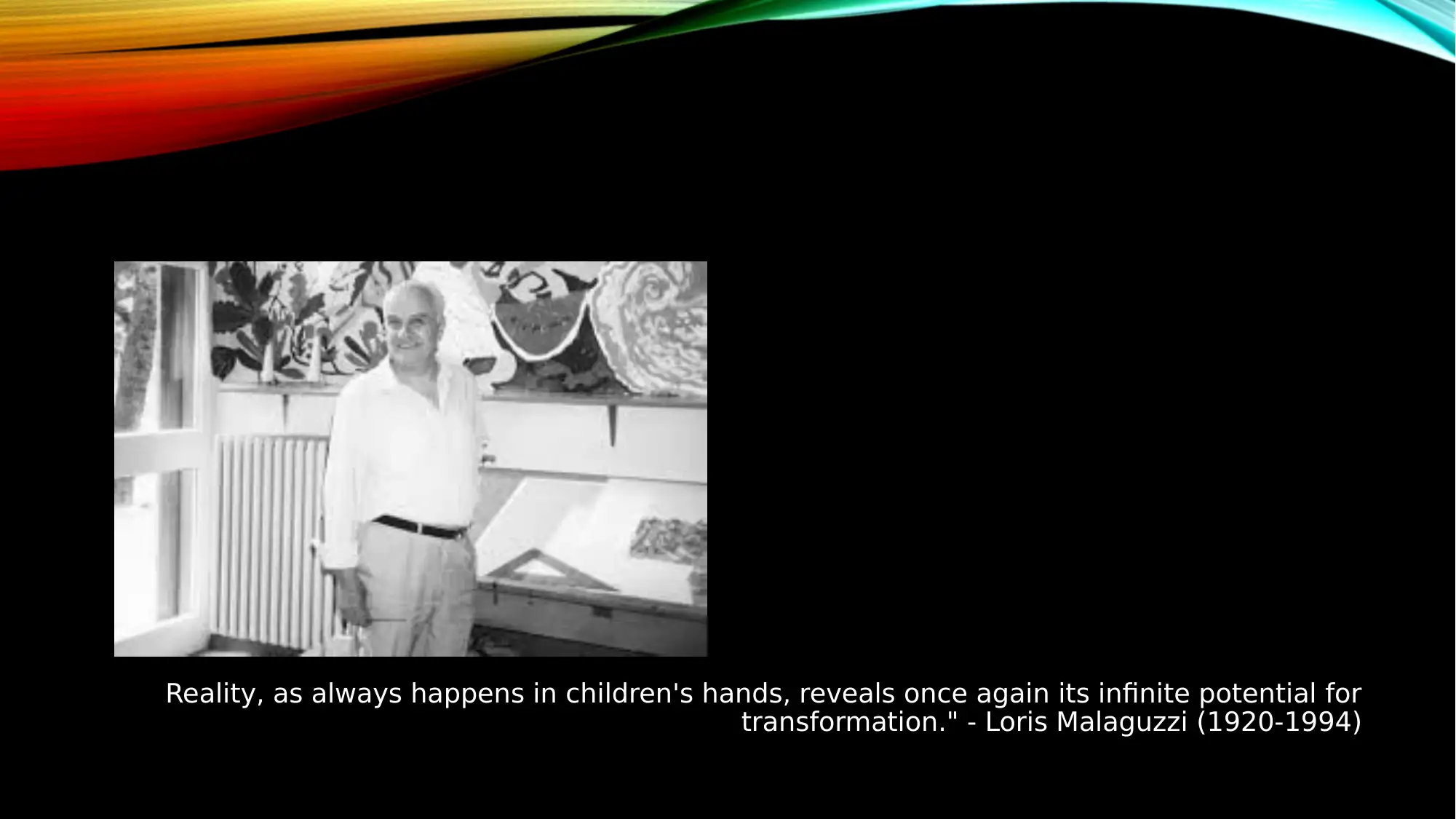
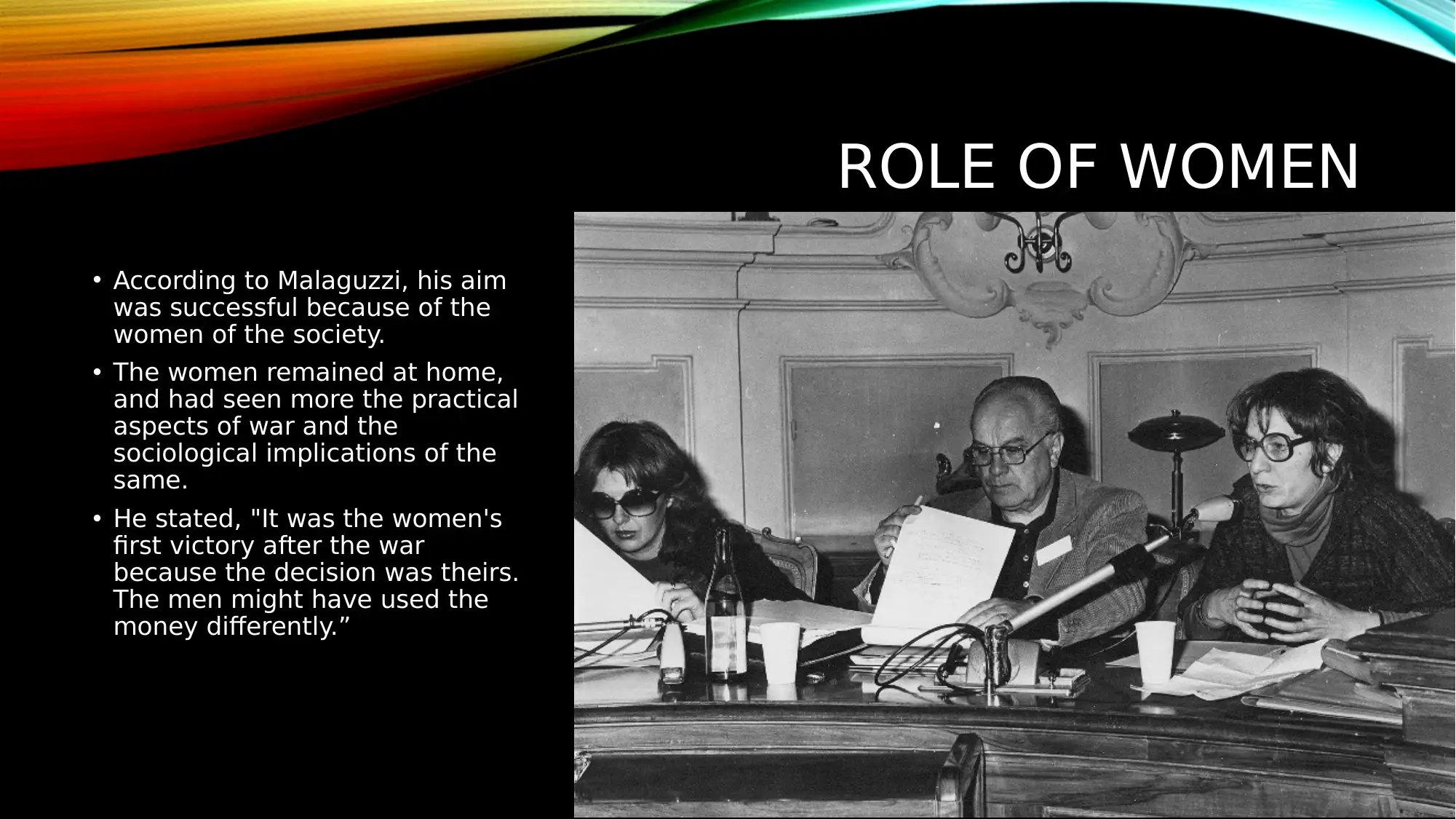
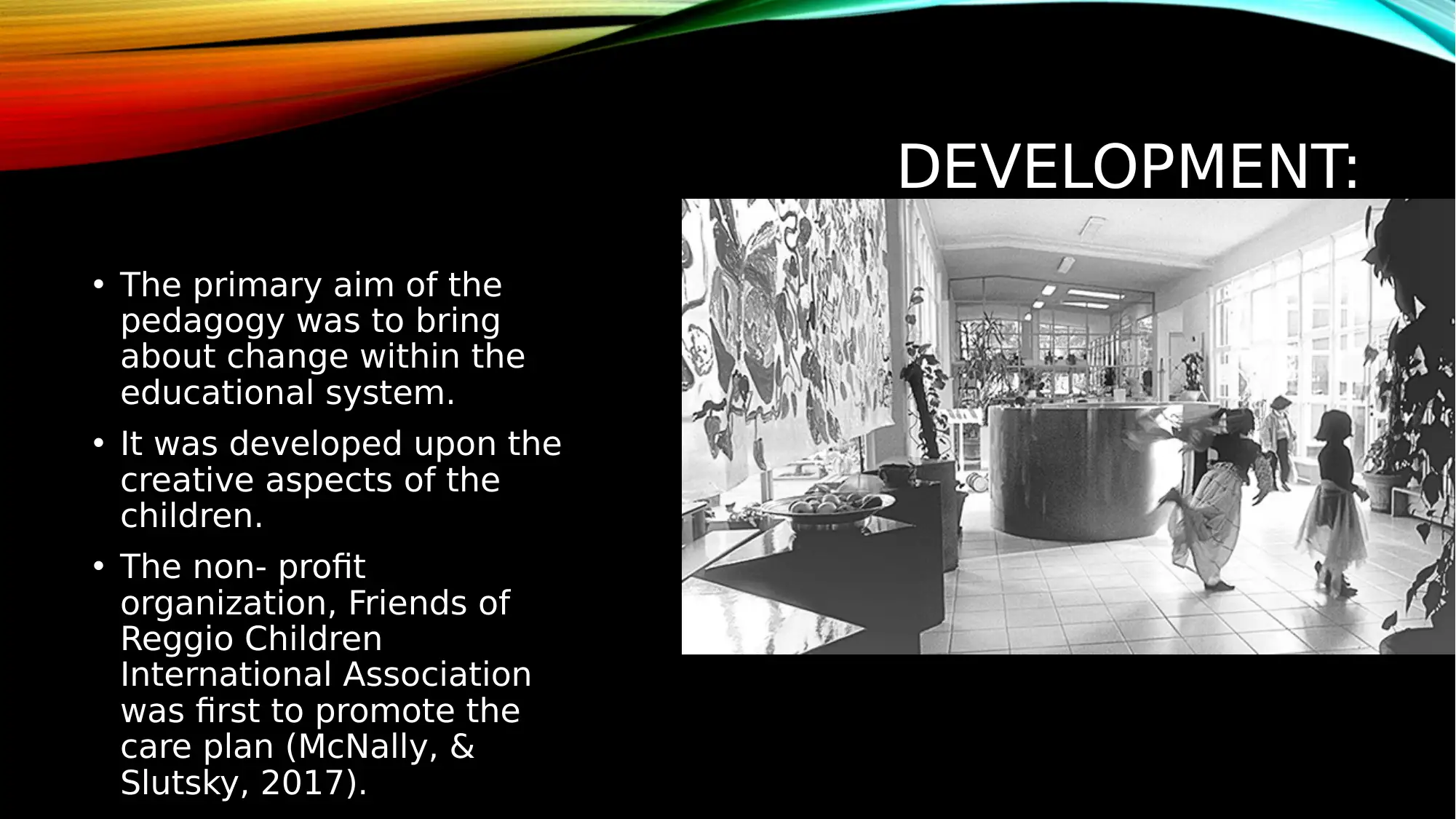
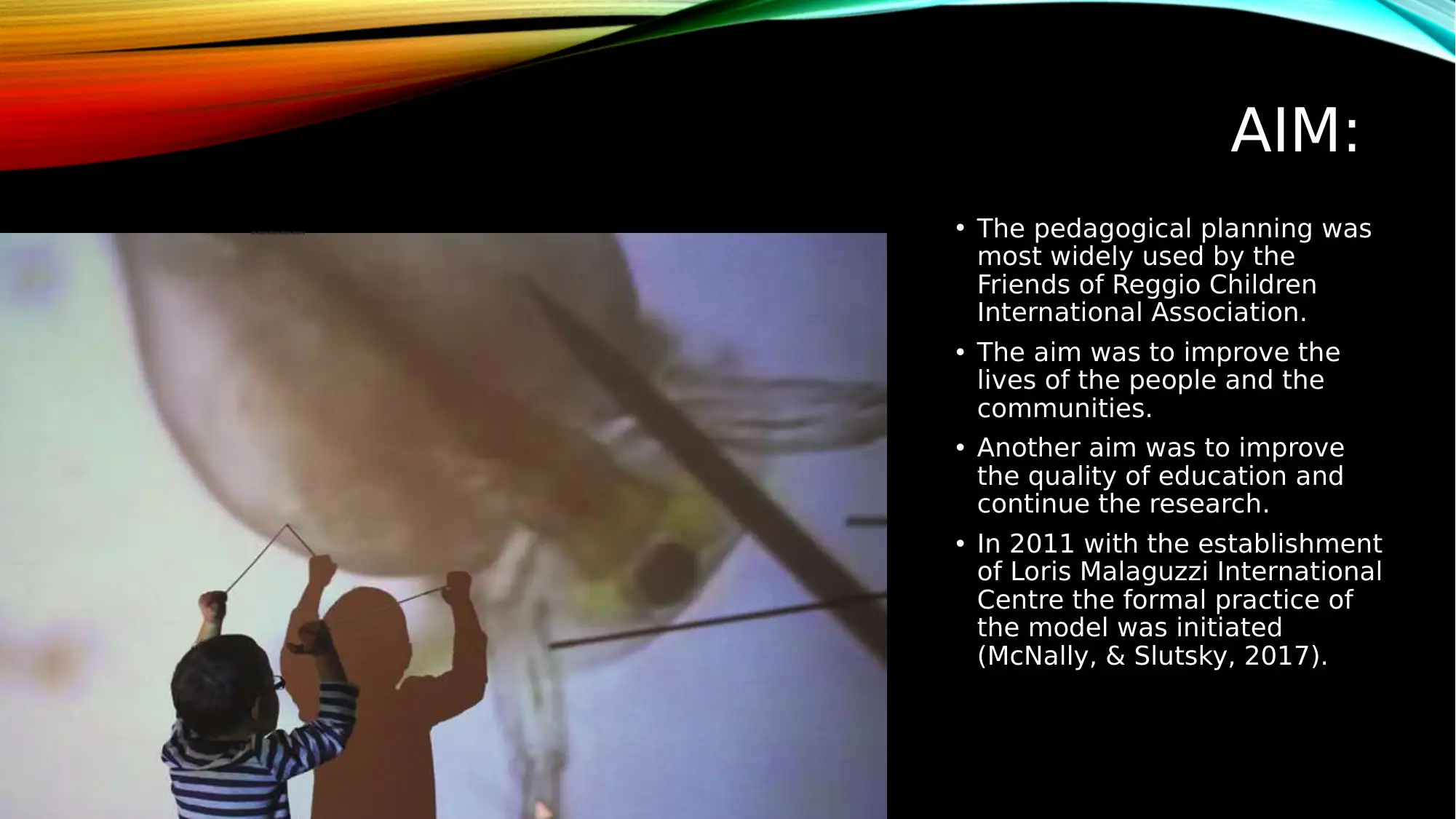
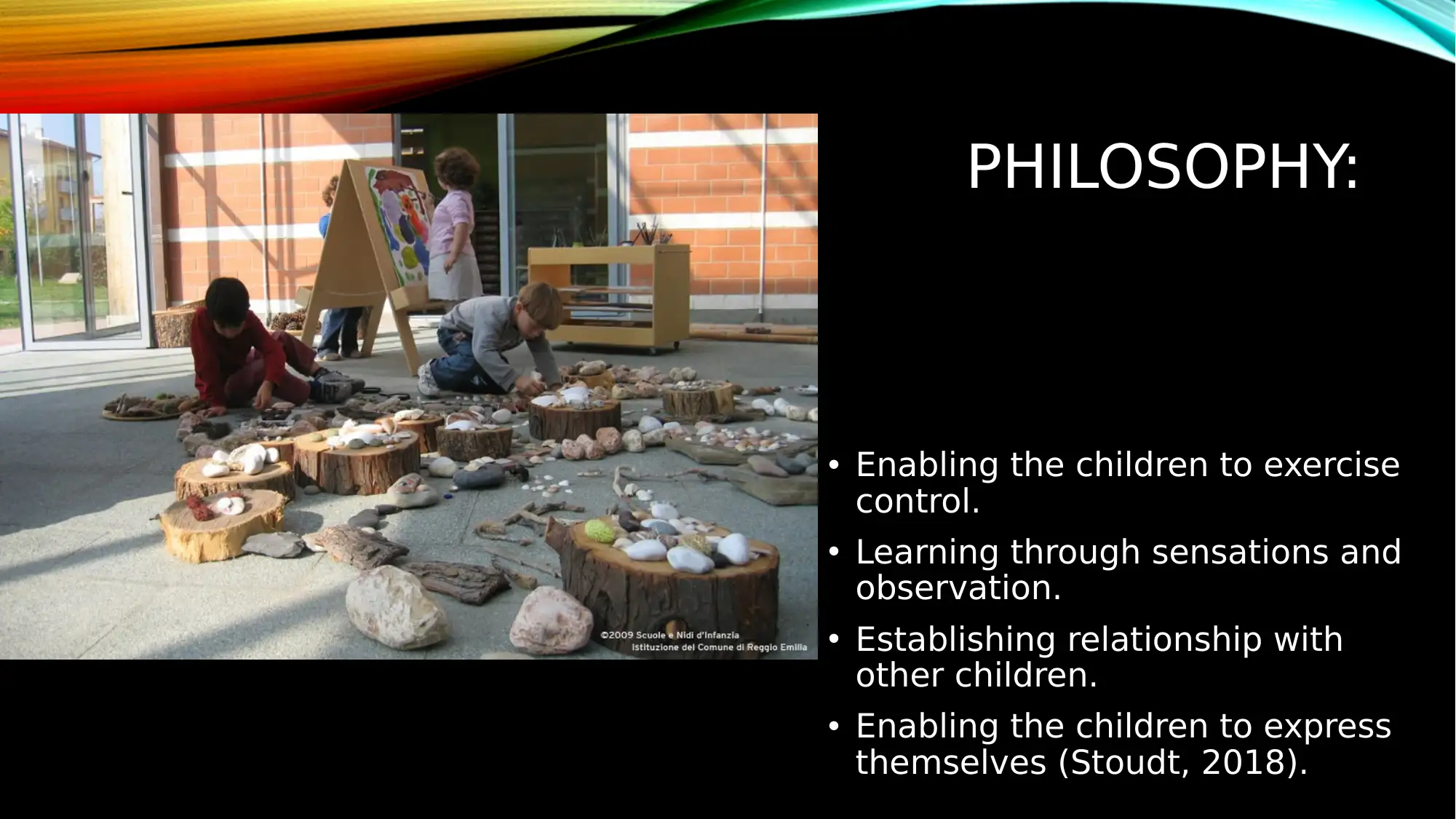
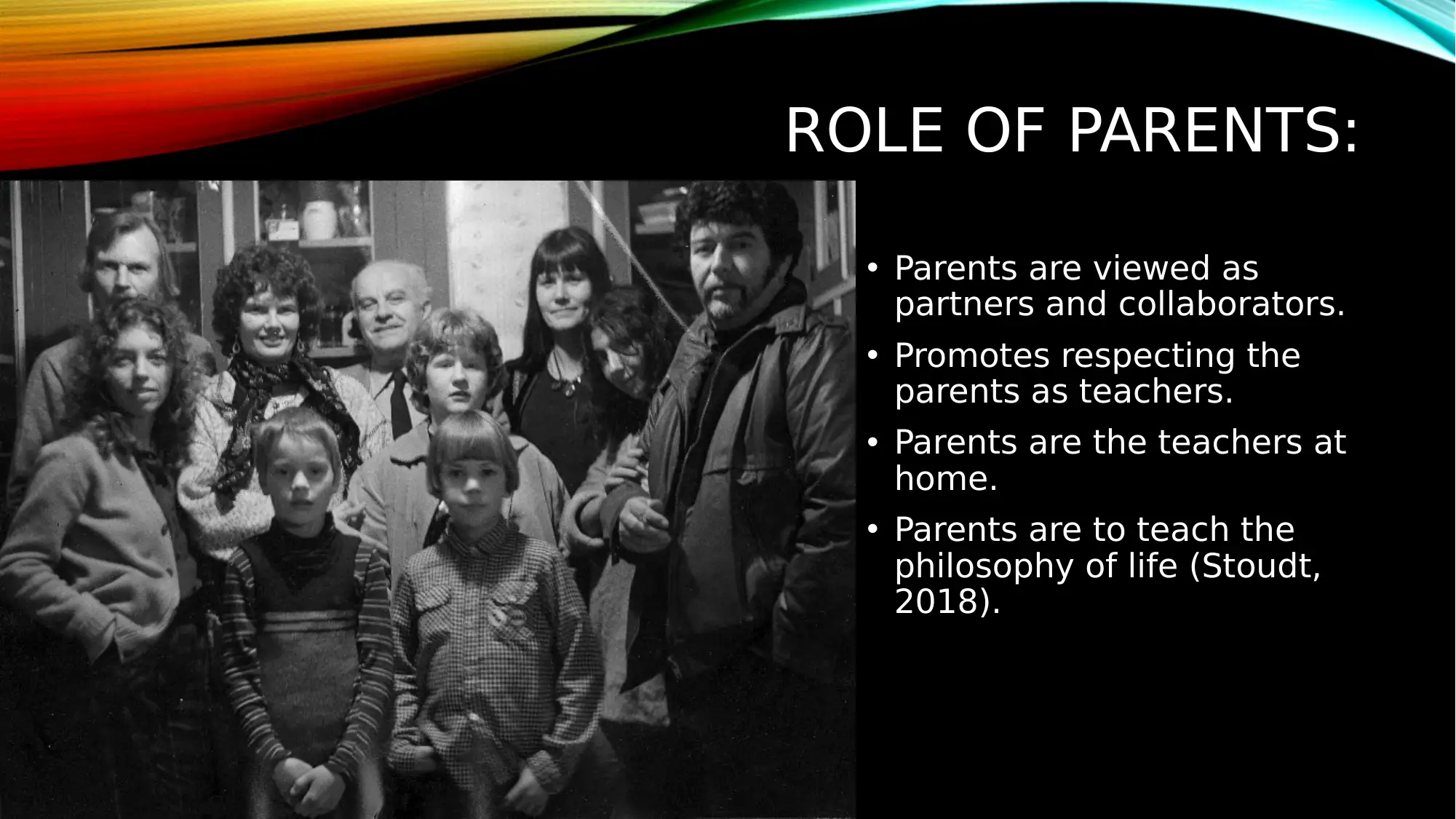
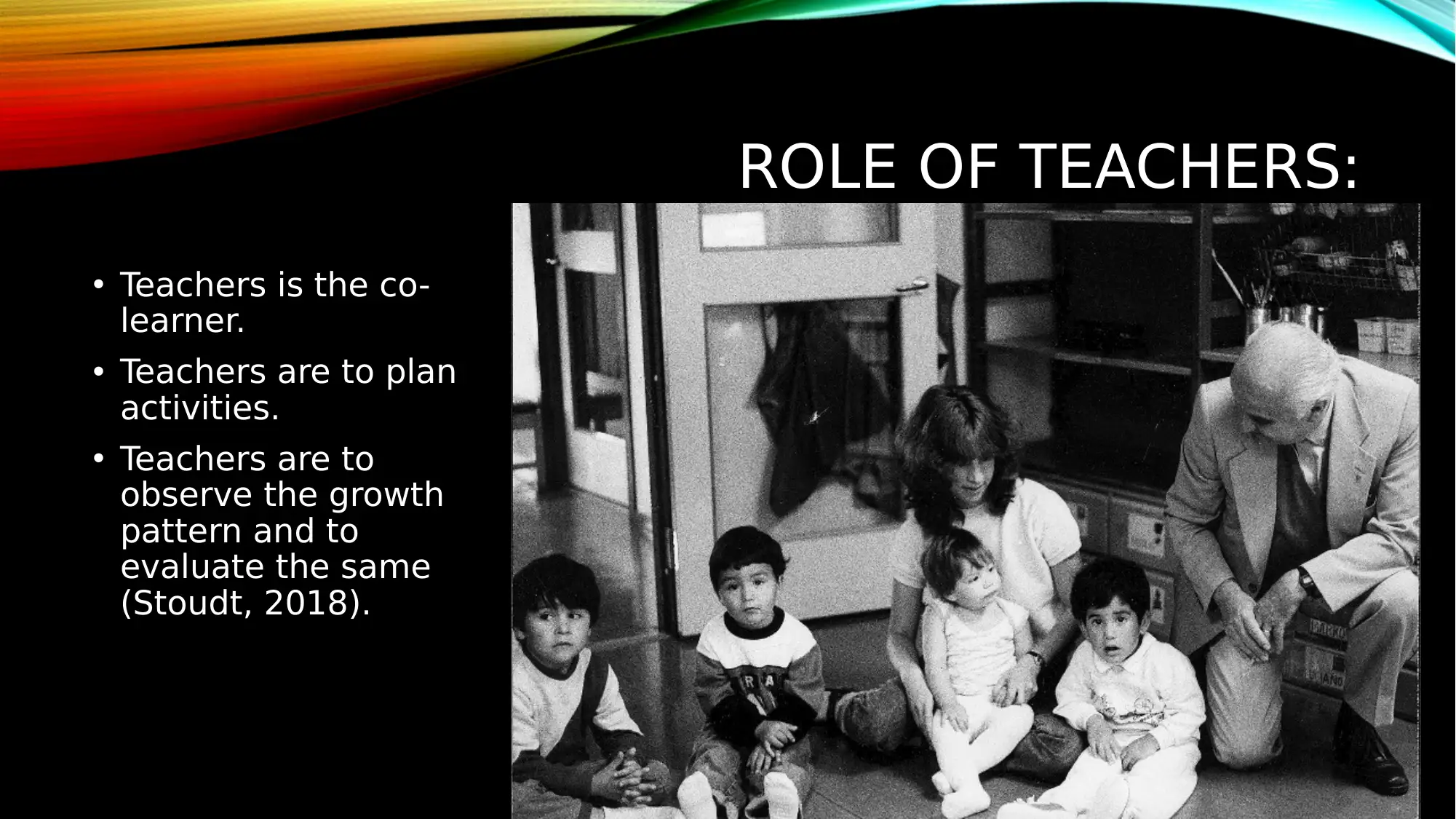
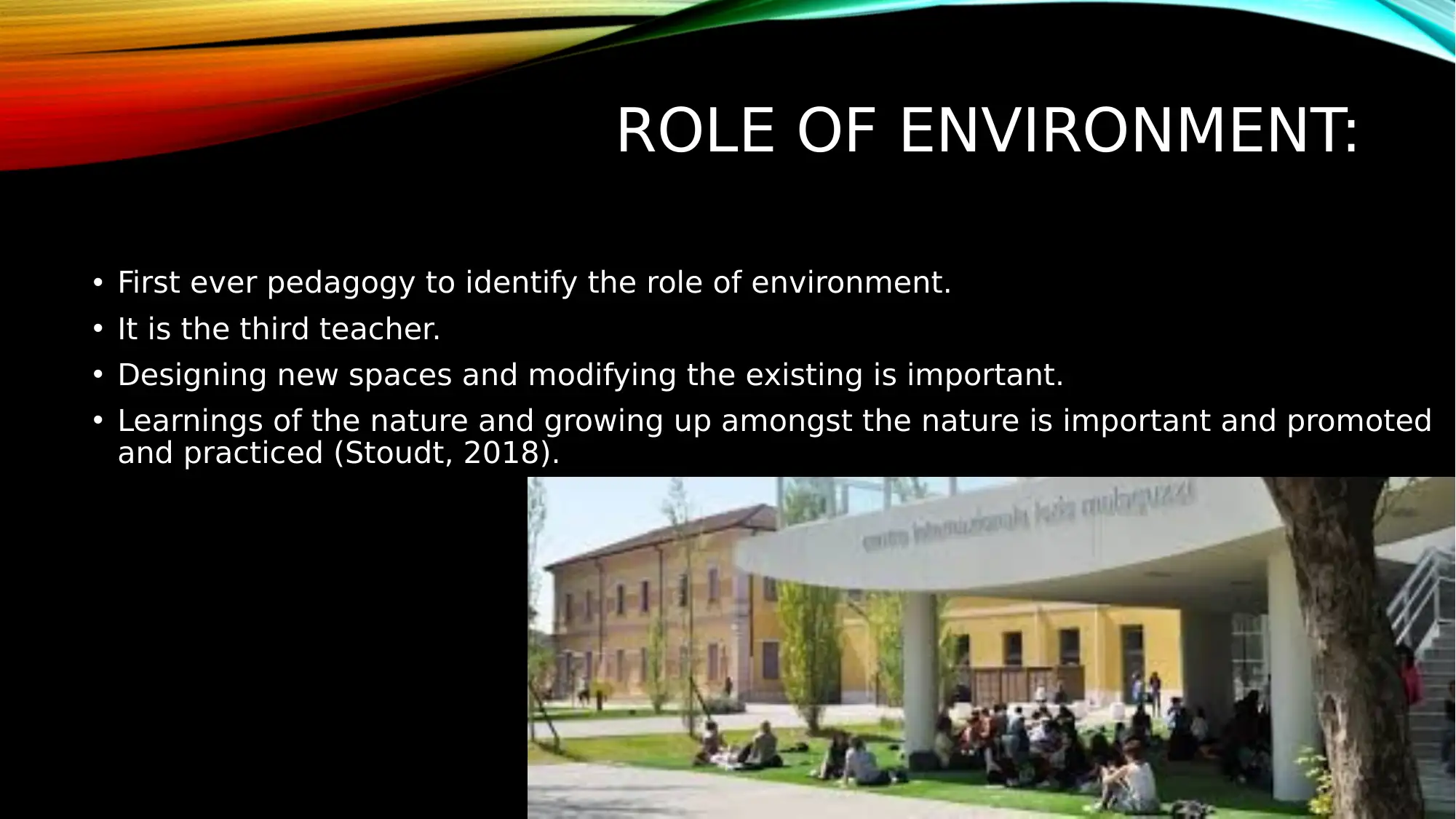






![[object Object]](/_next/static/media/star-bottom.7253800d.svg)